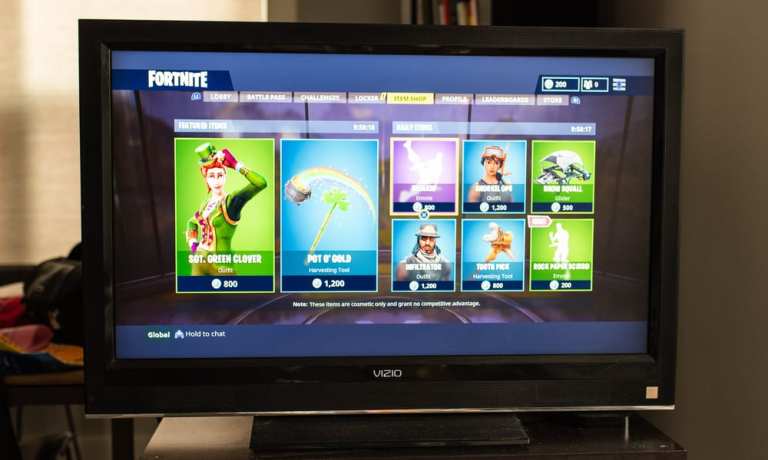The Metaverse Sets Up Real Opportunities For Retail

Back before social distancing, when people used to have cocktail parties, “metaverse” would have been a cocktail party word. After all, it’s hot, trendy, digital and no one seems to know exactly what it means, hence its power as a discussion starter. But as it moves away from concept and toward reality, the metaverse could become a legitimate platform for retail.
But first, that cocktail party conversation. There are actually several kinds of metaverses. They all stem from the basic definition of a virtual world. That might bring back memories of avatars and second-life communities, for those who can remember that far back. For retail purposes, there are two kinds of metaverses. The first is a virtual or digital world that a user will enter and interact with. The second is the kind of metaverse users create. Both hold significant opportunities for retail.
The most popular and advanced of these concepts would be the metaverse that developers create and users interact with, or even use as a central point in the digital experience. TikTok is technically a metaverse. So is Fortnite. In fact, Fortnite’s metaverse experience is so inclusive that Travis Scott played a concert within it, instantly creating a new retail venue in the process.
The metaverse getting the most attention at present is Facebook Horizon, which just launched in beta in late August. Horizon is a virtual reality world accessed through Facebook’s Oculus headset, allowing users to visit independent virtual worlds, play games or even create their own experiences. In fact, anyone tired of Zoom can have a business meeting on Horizon.
“I like to say the metaverse is a Rorschach test,” said Facebook Reality Labs Experiences Product Management Director Ari Grant in Venture Beat. “When you come into Horizon, can you find people aligned with your interests, that are interested in engaging with your hobbies or activities that are relevant? Making a place where you can navigate all these virtual spaces of people and activities that are relevant to you is what we’re looking to do, and we do hope to build an experience that’s meaningful to each person.”
Sounds more like retail than gaming. That’s the spirit and intent of in-game purchases for several games, including FIFA and Fortnite. Users on FIFA can buy players; users on Fortnite can buy skins they can later trade – or even buy tickets to a Travis Scott concert.
Then there’s the edgier, newer angle of users creating their own metaverse. It’s the idea behind a startup called Four One. Its business model is rooted in a Second Life-style avatar community, with more of an economic twist.
Here’s how it works: Suppose an actor is just starting out to break into the business. He’s fit, good-looking, tall and has a good voice. The actor is going on auditions, waiting for that big break, when his agent calls with several opportunities for commercials. One of them is at a local car dealer. The job doesn’t pay much and the shoot is at the same time as a much better opportunity to audition for a TV pilot. Enter Four One: The company enables the actor to create an artificial intelligence (AI)-powered avatar that is so lifelike that when it appears on the car dealer’s TV spot, it’s impossible to distinguish it from the actor himself. The actor gets to appear at the audition and gets paid for the commercial. The agent gets a double booking. The car dealer gets access to top-tier talent at a lower price.
“Think of the metaverse as almost like a reality that sits on top of our existing realities – like a parallel reality that’s almost self-contained and has its own economy,” Four One VP of Strategy Natalie Monbiot told PYMNTS. “It has its own rules and its own kind of society. Our vision as a company is to enable human freedom and purpose in a world that is increasingly virtual.”
That space in between the supplied metaverse and the one that users can create is the concept of a virtual sandbox, where developers can “play” with other developers or users can play with other users. It’s a spin on Fortnite, where users can create their own virtual characters and use them in a virtual game. It’s cliched to say that it’s so easy even a child can do it, but even the Care Bears are in this version of the metaverse. The Sandbox is a decentralized, blockchain-based virtual gaming platform in which players can build, own and monetize their gaming experiences using blockchain cryptocurrency.
But to return to the virtual cocktail party, the metaverse definition and possible future are as wide open as the internet once was.
“To picture the metaverse, then, think of a massive virtual realm,” says tech site Built In. “One constantly buzzing with activity, where people can go whenever they want, and do whatever they want. They can remotely hang out with friends, create art, consume art, play games and shop. They can visit other realms, too, and their identities stay with them as they travel.”